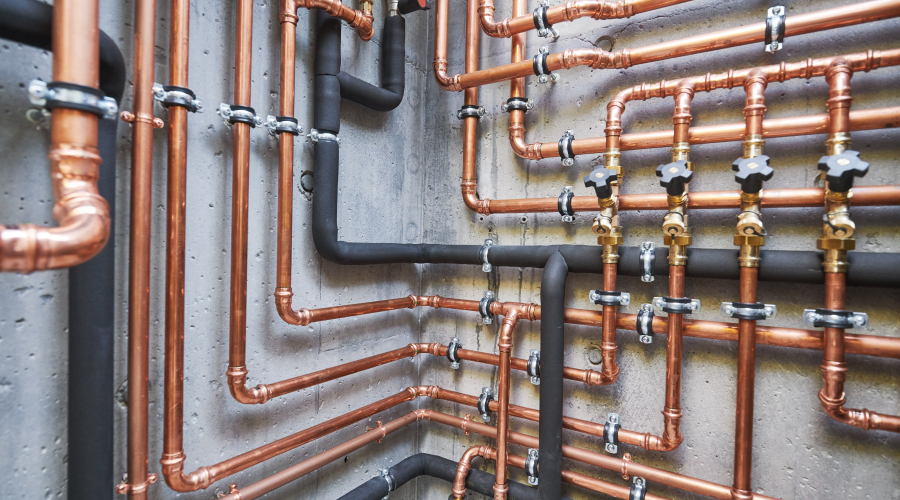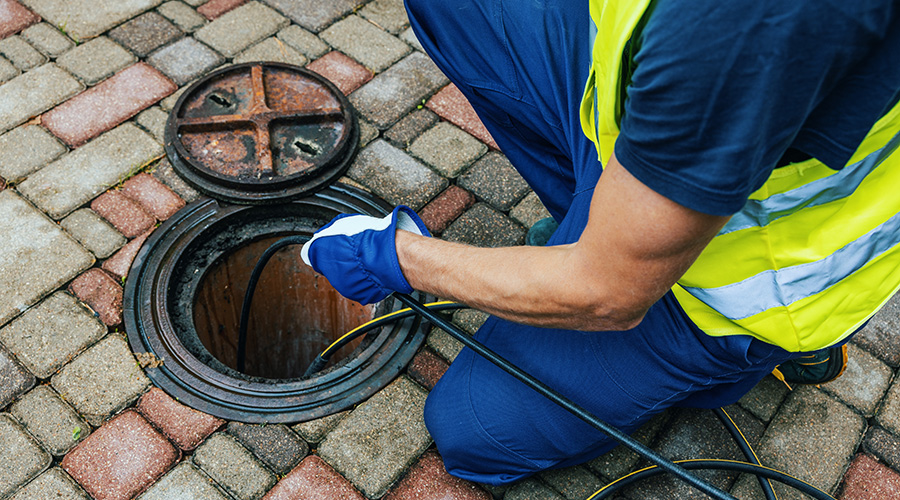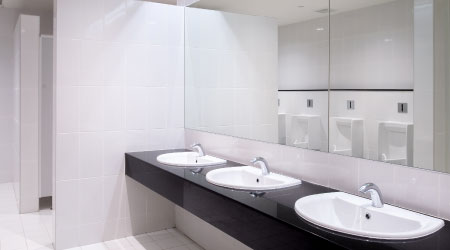Budgeting for a Restroom Renovation
One common mistake when planning a restroom upgrade is to focus exclusively on first cost. The result is a restroom design that does not consider long-term operating and maintenance costs. With operating and maintenance costs over the life of the restroom exceeding first costs, the net effect is a negative cash flow.
Successful restroom renovations balance first costs with operating and maintenance costs. Fixtures and finishes that reduce long-term costs will be more expensive initially, but will prove to be more cost-effective over time.
One of the best ways of balancing first costs with operating and maintenance costs is to use life-cycle costing. Life-cycle costing examines both first and operating costs over the service life of the restroom for all major components. In almost all cases it will demonstrate that the additional first costs associated with low-maintenance and low-water-use components will be recovered rather quickly, typically within one to two years.
Another common planning mistake is to skimp on the budget from the beginning. Too often budgets are set before the restroom audit is completed and restroom needs are understood. Then, if the needs assessment shows that more fixtures are required, there isn’t enough funding left in the budget. This forces facility executives to cut back on fixtures and features that would reduce the long-term operating costs of the restroom.
One goal of planning is to avoid difficulties and delays during renovation. With the development of new restroom devices, such as the flushless urinal, facility executives in some locations are running into difficulties with local code officials who either are unfamiliar with or simply don’t believe in these devices. The result can be extensive delays in getting projects approved, or additional costs due to modifications required before a completed project can be accepted.
Work with local code officials from the early stages of planning. While many state codes allow the use of the new restroom technologies, some local jurisdictions do not and would require a variance. Get in touch with local officials to identify what will be necessary to obtain variances, if necessary. Product manufacturers can provide assistance, but because the process can take time, start as early as possible. 
James Piper, PhD, PE, is a writer and consultant who has more than 25 years of experience in facilities management. He is a contributing editor for Building Operating Management.
Related Topics:
















